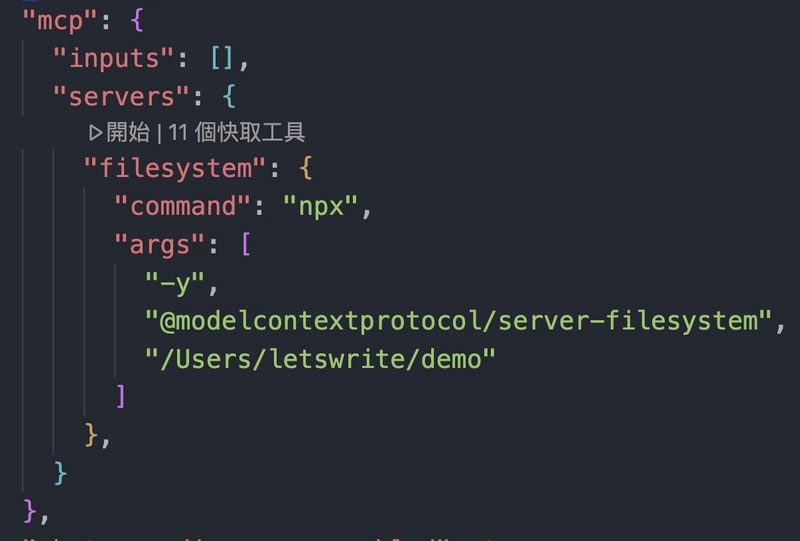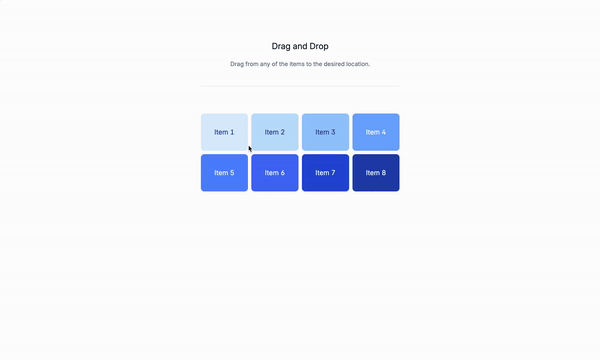Exploring Front-End Unit Testing Frameworks: A Comprehensive Guide
Unit testing is a critical practice in front-end development that ensures each part of your application works as expected. Testing frameworks make this process easier by providing tools and utilities to structure and run tests. In this article, we’ll explore some of the most popular front-end unit testing frameworks, dive into their features, provide sample examples, and discuss their pros and cons. Finally, we’ll determine which framework is the best fit for your project. Jest: The All-in-One Testing Framework Overview: Jest is a widely-used testing framework developed by Facebook. It's particularly popular in the React ecosystem, but it works well for JavaScript and TypeScript applications in general. Jest includes a test runner, assertion library, and mock functions out of the box. Key Concepts: Test Runner: A tool that runs your tests and outputs the results. Jest’s test runner automatically finds your tests, runs them, and reports the outcomes. Assertion Library: A library that helps you test if your application is behaving as expected. In Jest, assertions like expect() are used to validate the test outcomes. Mocking: Mocking helps isolate your tests by simulating certain functions or objects, which allows you to test the logic without calling actual implementations. Sample Example: // sum.js function sum(a, b) { return a + b; } module.exports = sum; // sum.test.js const sum = require('./sum'); test('adds 1 + 2 to equal 3', () => { expect(sum(1, 2)).toBe(3); }); Pros: ✅ Out-of-the-box features: Jest comes with everything you need (test runner, assertion library, mocking). Snapshot testing: It can capture UI snapshots and alert you when changes occur. Fast and parallel testing: Jest runs tests in parallel, making large test suites faster. Great community and documentation: Jest has extensive documentation and is widely used, ensuring solid community support. Cons: ❌ Performance issues with large test suites: While Jest is fast, as the project grows, it can become slower if not optimized. Verbose output: The output can be overwhelming, especially for large numbers of tests. Limited browser support: Jest doesn’t run tests in browsers by default, which means you’ll need something like jsdom for DOM manipulation in test environments. Mocha: The Flexible Testing Framework Overview: Mocha is a feature-rich JavaScript test framework that works in both Node.js and the browser. Unlike Jest, Mocha is less opinionated and allows developers to choose their preferred assertion libraries (e.g., Chai) and mocking/stubbing libraries (e.g., Sinon). Key Concepts: Test Runner: Mocha provides a flexible test runner that works seamlessly with other tools. Assertion Library: Mocha doesn't come with its own assertions. Developers can choose any assertion library, with Chai being a popular option. Mocking: Similar to Jest, Mocha supports mocking, but you'll need to use external libraries like Sinon to do so. Sample Example: // sum.js function sum(a, b) { return a + b; } module.exports = sum; // test.js const assert = require('chai').assert; const sum = require('./sum'); describe('sum function', () => { it('should return 3 when adding 1 + 2', () => { assert.equal(sum(1, 2), 3); }); }); Pros: ✅ Highly customizable: You can integrate Mocha with different assertion libraries and tools based on your needs. Asynchronous testing: Mocha supports asynchronous tests, making it suitable for modern applications that deal with async code. Broad compatibility: Works well with various front-end frameworks (React, Vue, Angular). Cons: ❌ Requires configuration: Mocha doesn’t come with built-in assertions or mocking, so you’ll need additional setup (like Chai or Sinon). Less feature-rich compared to Jest: While it’s flexible, it doesn’t have as many out-of-the-box features as Jest, making it slightly more complex to set up. Slower performance: Tests may take longer to execute, especially in large projects. Jasmine: Behavior-Driven Testing

Unit testing is a critical practice in front-end development that ensures each part of your application works as expected. Testing frameworks make this process easier by providing tools and utilities to structure and run tests. In this article, we’ll explore some of the most popular front-end unit testing frameworks, dive into their features, provide sample examples, and discuss their pros and cons. Finally, we’ll determine which framework is the best fit for your project.
- Jest: The All-in-One Testing Framework Overview: Jest is a widely-used testing framework developed by Facebook. It's particularly popular in the React ecosystem, but it works well for JavaScript and TypeScript applications in general. Jest includes a test runner, assertion library, and mock functions out of the box.
Key Concepts:
- Test Runner: A tool that runs your tests and outputs the results. Jest’s test runner automatically finds your tests, runs them, and reports the outcomes.
- Assertion Library: A library that helps you test if your application is behaving as expected. In Jest, assertions like expect() are used to validate the test outcomes.
- Mocking: Mocking helps isolate your tests by simulating certain functions or objects, which allows you to test the logic without calling actual implementations.
Sample Example:
// sum.js
function sum(a, b) {
return a + b;
}
module.exports = sum;
// sum.test.js
const sum = require('./sum');
test('adds 1 + 2 to equal 3', () => {
expect(sum(1, 2)).toBe(3);
});
Pros: ✅
- Out-of-the-box features: Jest comes with everything you need (test runner, assertion library, mocking).
- Snapshot testing: It can capture UI snapshots and alert you when changes occur.
- Fast and parallel testing: Jest runs tests in parallel, making large test suites faster.
- Great community and documentation: Jest has extensive documentation and is widely used, ensuring solid community support.
Cons: ❌
- Performance issues with large test suites: While Jest is fast, as the project grows, it can become slower if not optimized.
- Verbose output: The output can be overwhelming, especially for large numbers of tests.
- Limited browser support: Jest doesn’t run tests in browsers by default, which means you’ll need something like jsdom for DOM manipulation in test environments.
- Mocha: The Flexible Testing Framework Overview: Mocha is a feature-rich JavaScript test framework that works in both Node.js and the browser. Unlike Jest, Mocha is less opinionated and allows developers to choose their preferred assertion libraries (e.g., Chai) and mocking/stubbing libraries (e.g., Sinon).
Key Concepts:
- Test Runner: Mocha provides a flexible test runner that works seamlessly with other tools.
- Assertion Library: Mocha doesn't come with its own assertions. Developers can choose any assertion library, with Chai being a popular option.
- Mocking: Similar to Jest, Mocha supports mocking, but you'll need to use external libraries like Sinon to do so.
Sample Example:
// sum.js
function sum(a, b) {
return a + b;
}
module.exports = sum;
// test.js
const assert = require('chai').assert;
const sum = require('./sum');
describe('sum function', () => {
it('should return 3 when adding 1 + 2', () => {
assert.equal(sum(1, 2), 3);
});
});
Pros: ✅
- Highly customizable: You can integrate Mocha with different assertion libraries and tools based on your needs.
- Asynchronous testing: Mocha supports asynchronous tests, making it suitable for modern applications that deal with async code.
- Broad compatibility: Works well with various front-end frameworks (React, Vue, Angular).
Cons: ❌
- Requires configuration: Mocha doesn’t come with built-in assertions or mocking, so you’ll need additional setup (like Chai or Sinon).
- Less feature-rich compared to Jest: While it’s flexible, it doesn’t have as many out-of-the-box features as Jest, making it slightly more complex to set up.
- Slower performance: Tests may take longer to execute, especially in large projects.
- Jasmine: Behavior-Driven Testing












































































































































































![[The AI Show Episode 143]: ChatGPT Revenue Surge, New AGI Timelines, Amazon’s AI Agent, Claude for Education, Model Context Protocol & LLMs Pass the Turing Test](https://www.marketingaiinstitute.com/hubfs/ep%20143%20cover.png)





























































































































![From Accountant to Data Engineer with Alyson La [Podcast #168]](https://cdn.hashnode.com/res/hashnode/image/upload/v1744420903260/fae4b593-d653-41eb-b70b-031591aa2f35.png?#)



































































































.png?#)













.png?width=1920&height=1920&fit=bounds&quality=70&format=jpg&auto=webp#)


































































































































![Apple Posts Full First Episode of 'Your Friends & Neighbors' on YouTube [Video]](https://www.iclarified.com/images/news/96990/96990/96990-640.jpg)

![Apple May Implement Global iPhone Price Increases to Mitigate Tariff Impacts [Report]](https://www.iclarified.com/images/news/96987/96987/96987-640.jpg)
![Apple Aims to Launch Revamped Siri This Fall After AI Setbacks [Report]](https://www.iclarified.com/images/news/96984/96984/96984-640.jpg)
































































































































